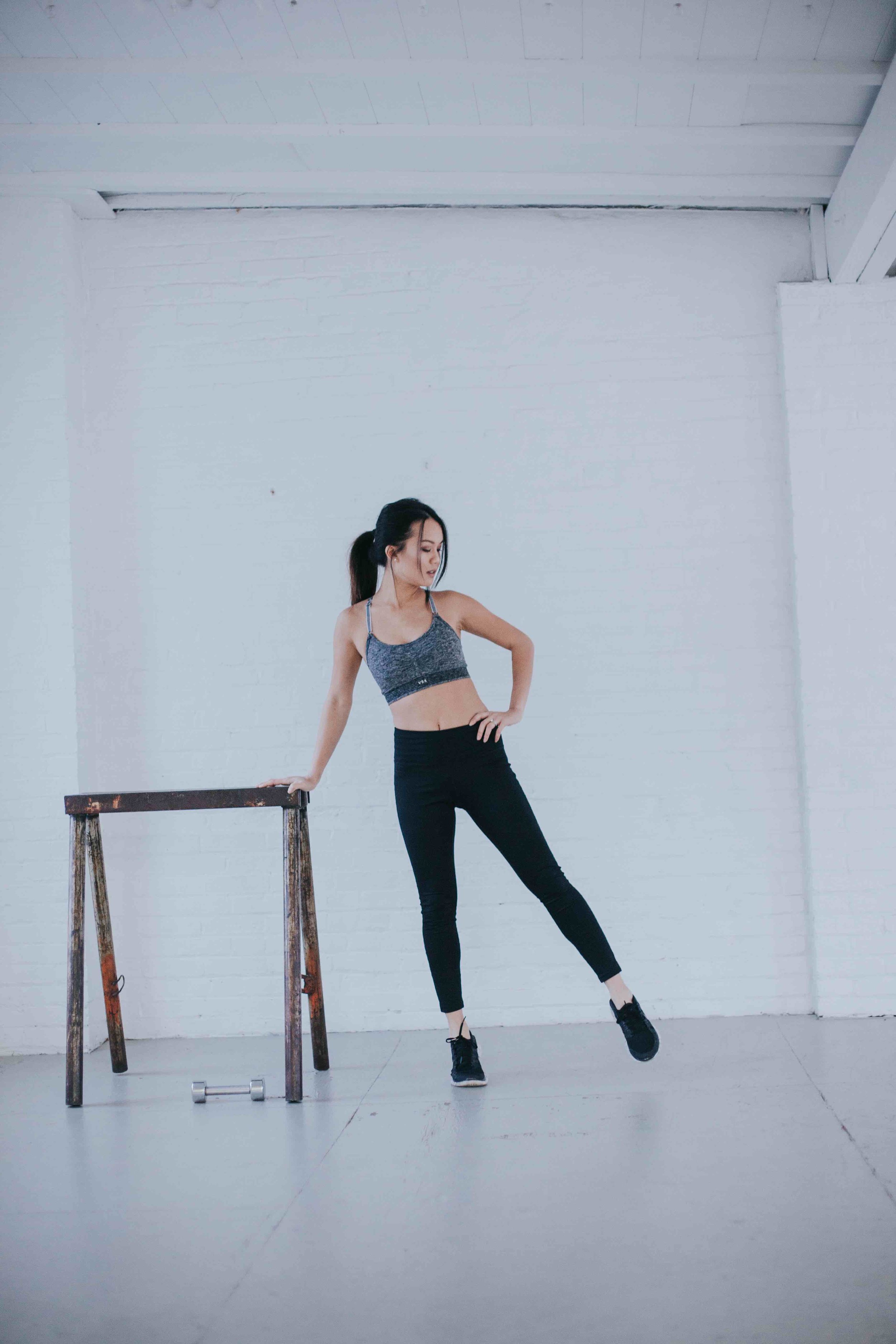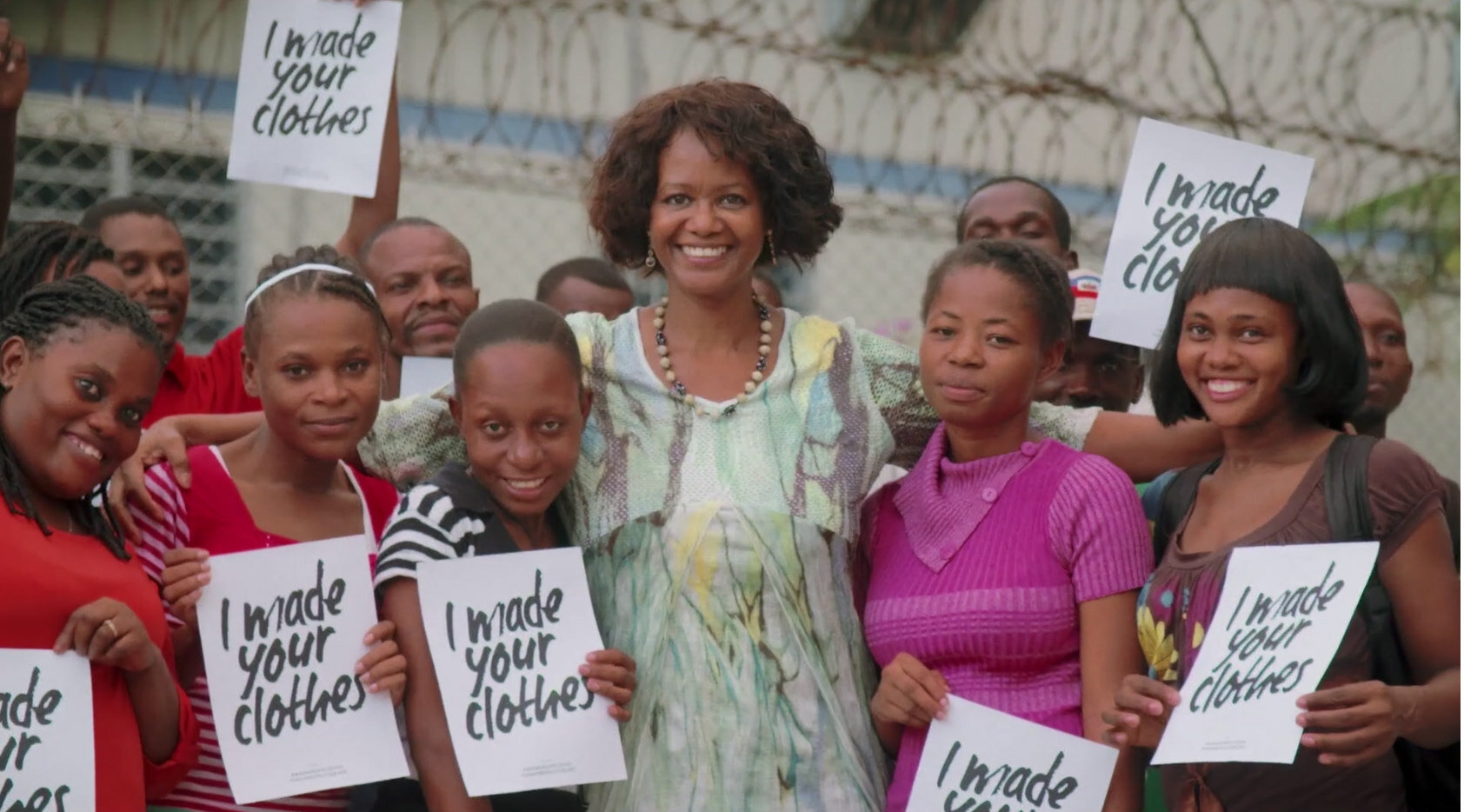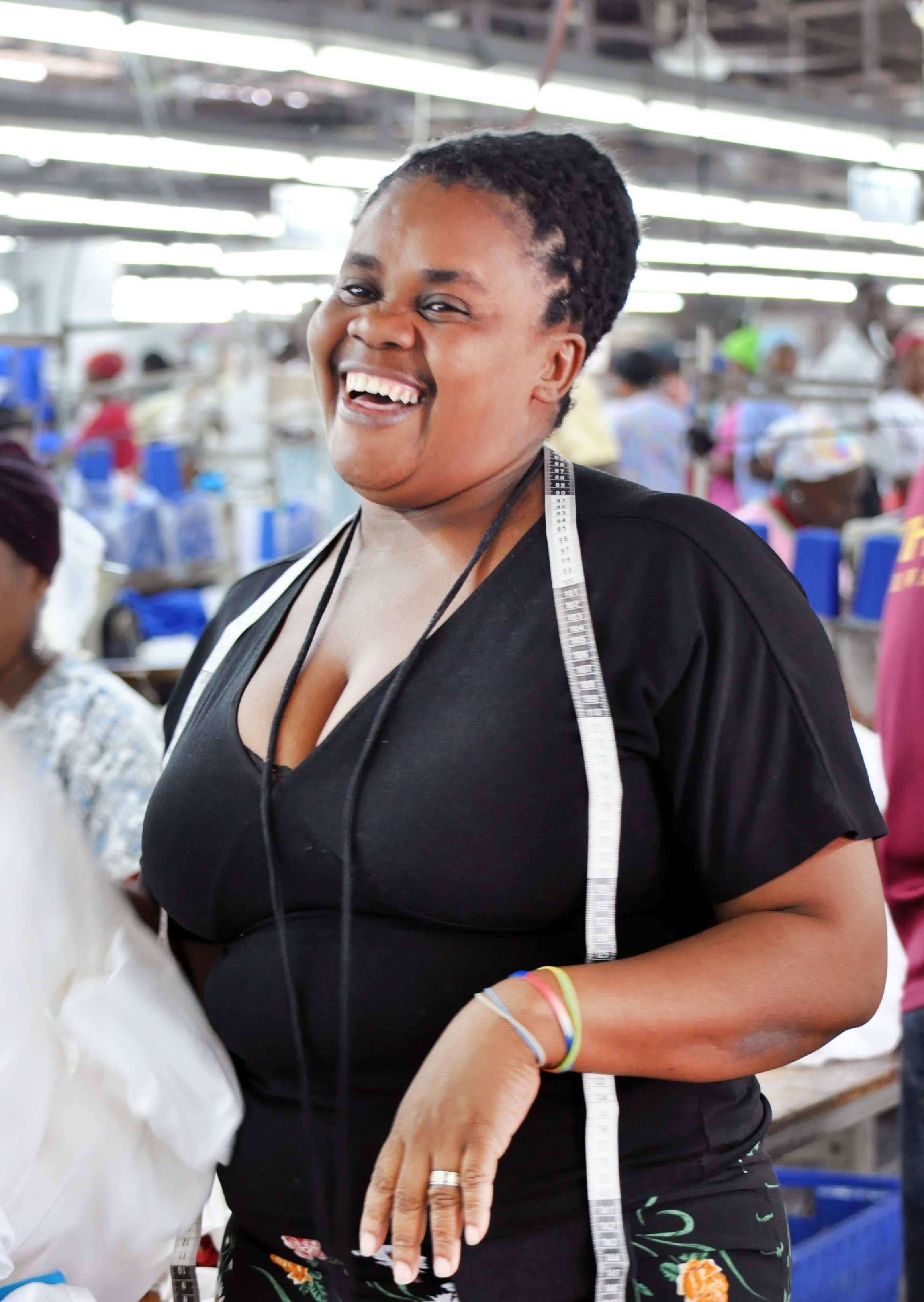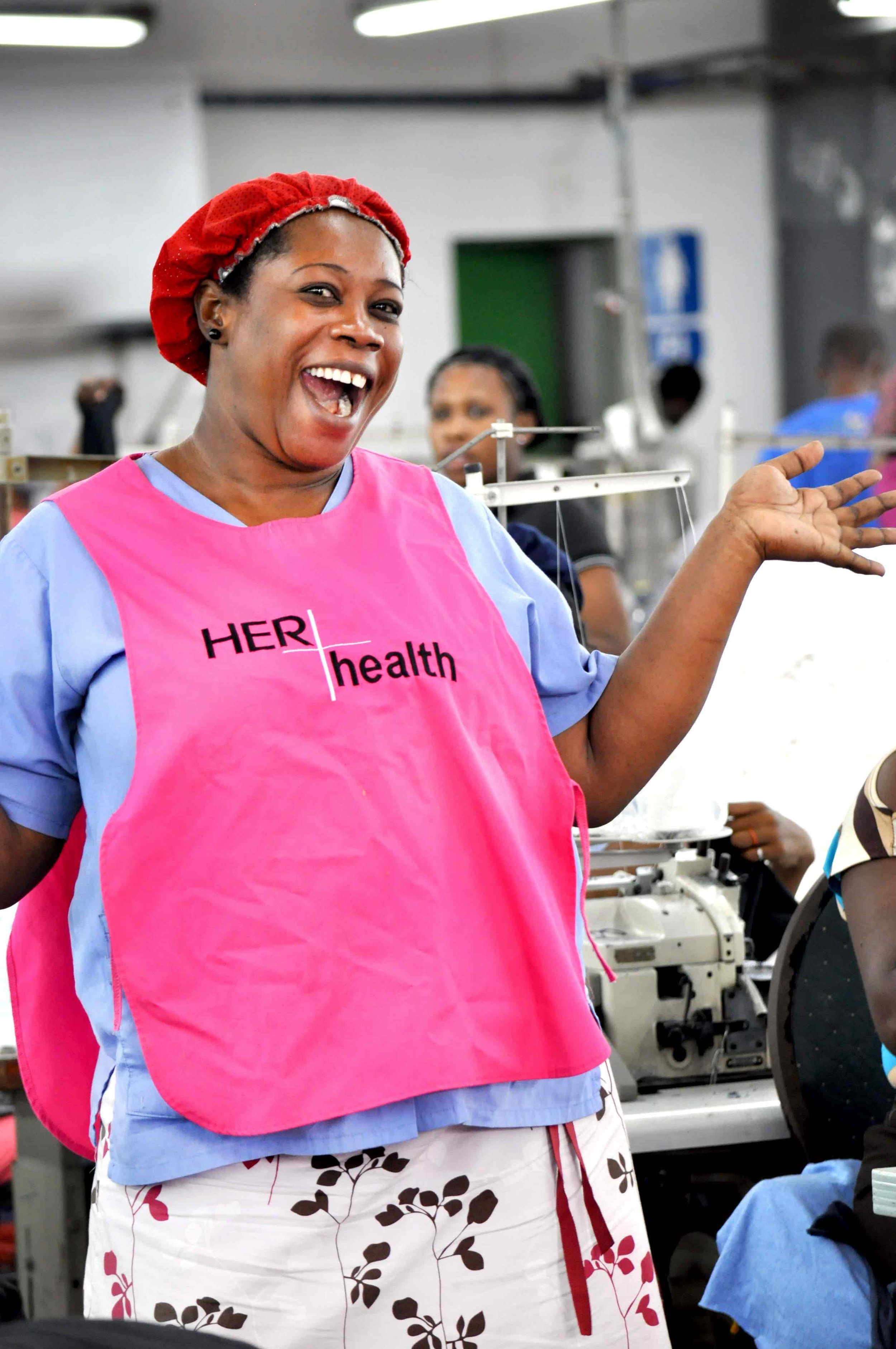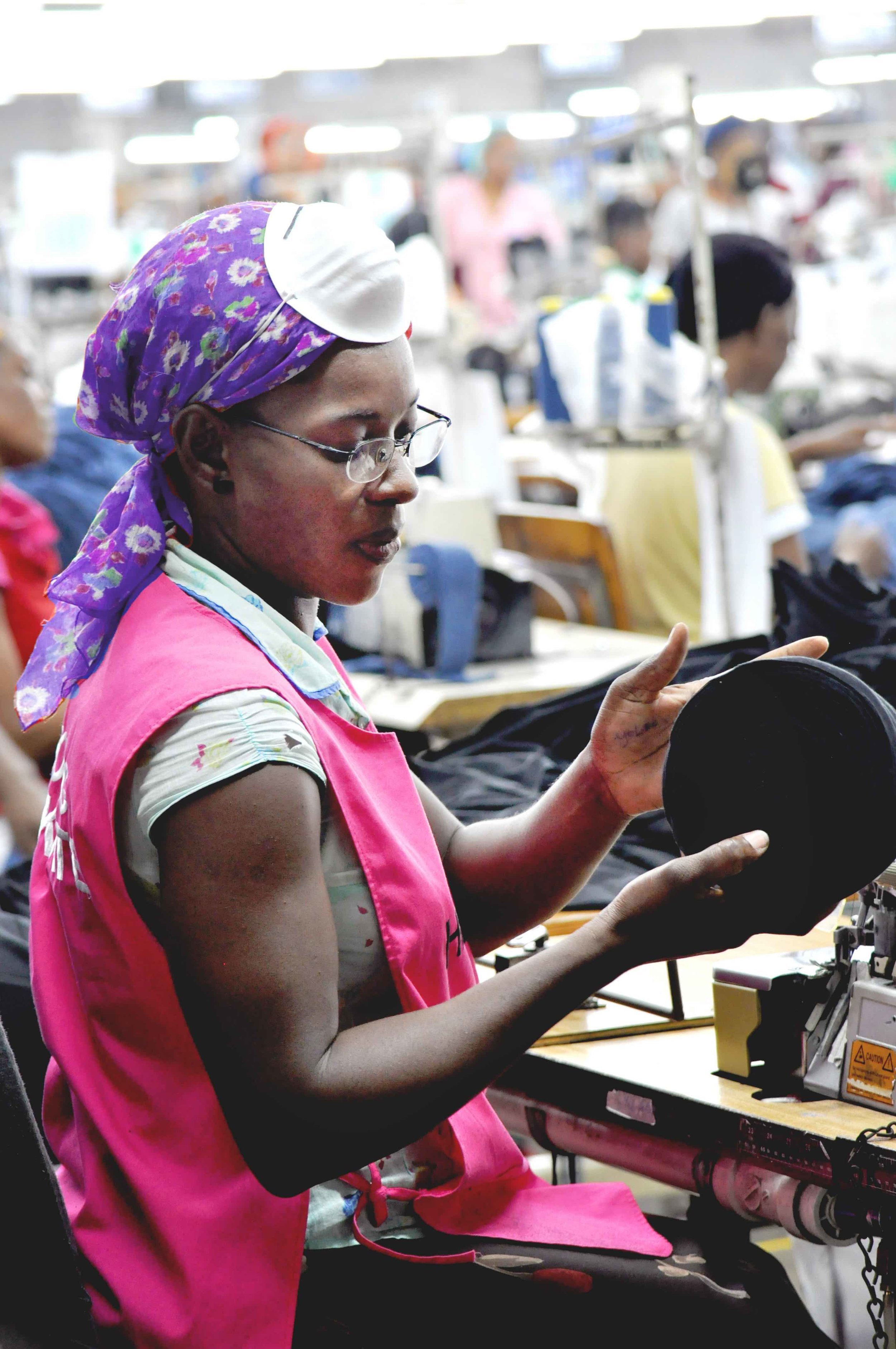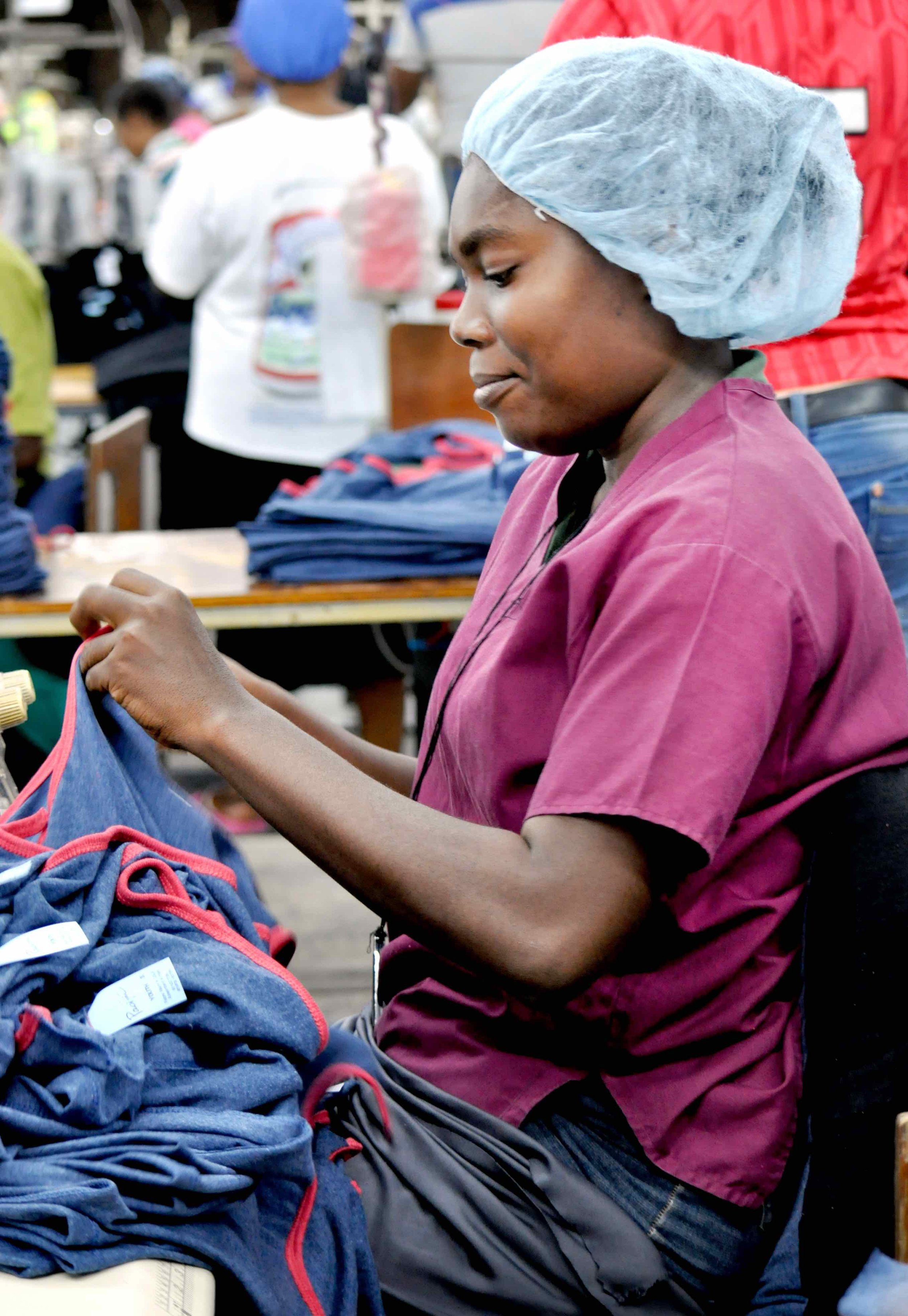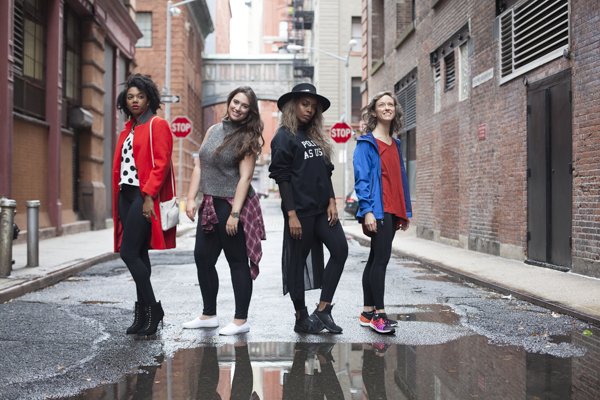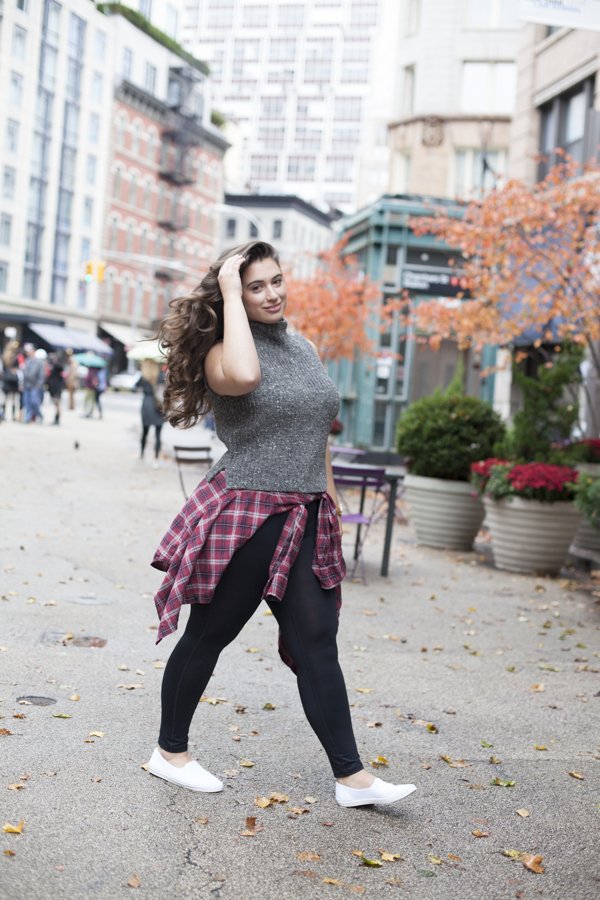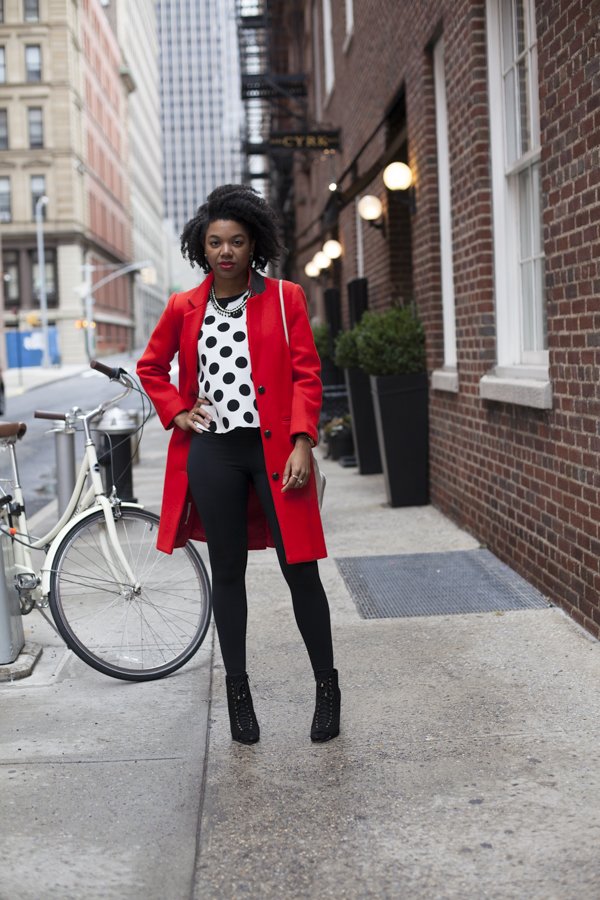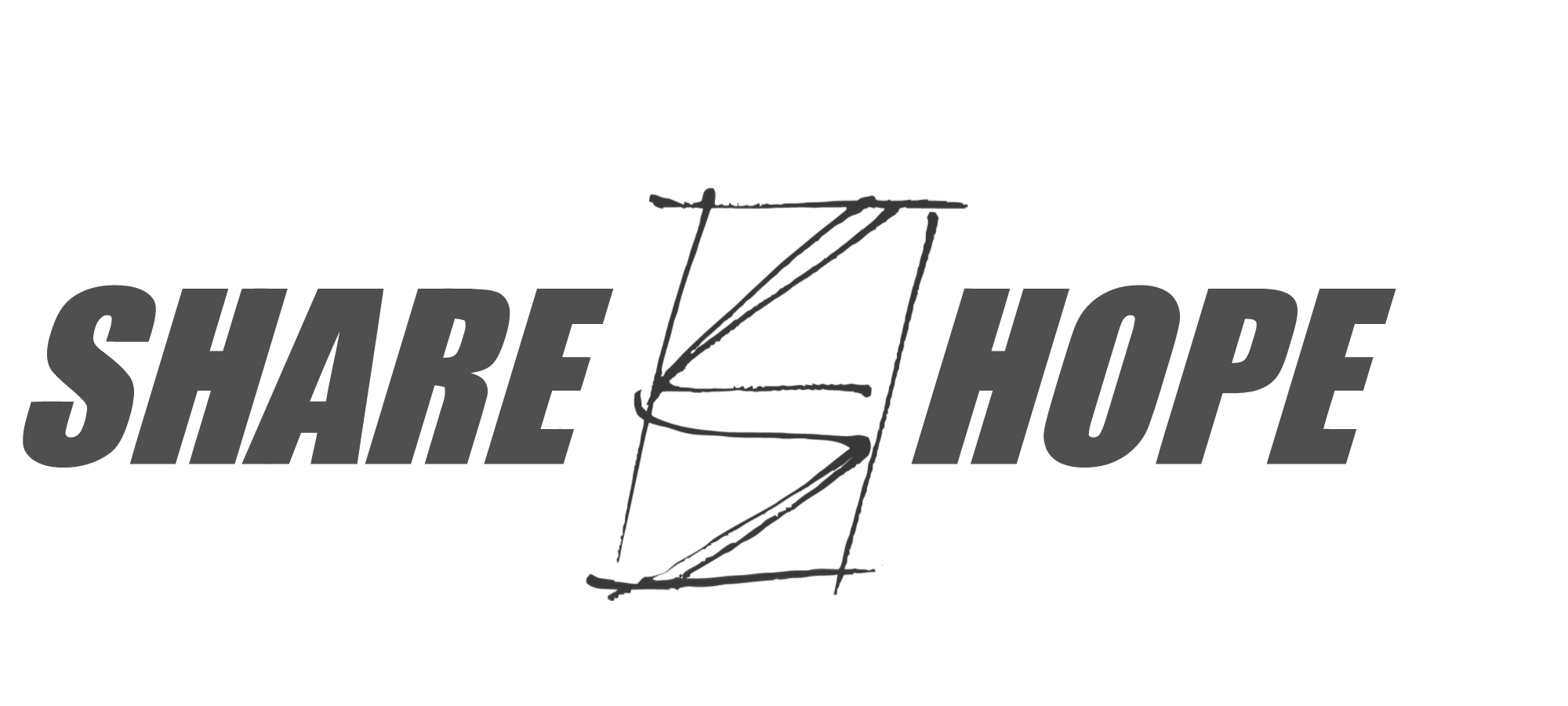
ShareHope’s Foundation Work Expands To Include Athletic Wear For All Women
Improving Lives of Workers in Haiti’s Garment Industry
ShareHope is a social business that outsources apparel for production in Haitian factories. They believe that central to all manufacturing, to all partnerships, is the fundamental dignity of human beings. We are thrilled that they have recently launched their own activewear brand, furthering their work to transform the Haitian garment industry by helping to provide employment for garment workers who create the perfect legging for women of all sizes.
“Central to all manufacturing,
central to all partnerships,
is the fundamental dignity
of human beings.”
We jump for joy when we find ethically made products with inclusive sizing. ShareHope’s new 4-way stretch leggings range from XS-XXL and the high waist and gentle compression make these pants comfortable and supportive for all body types. Not only are the garments made by garment workers who were paid a fair wage, but all profits are reinvested in social programs like education and factory clinic improvements. Each legging comes with the story of a garment worker, connecting producer and consumer.
Behind The Scenes With ShareHope’s Co-Founder & President
We had a chance to sit down with Cynthia Petterson, ShareHope’s Co-Founder and President, to hear her inspiration behind the non-profit and the new launch of their new athletic wear brand.
TELL US The Story
Clothing manufacturing is my background; my family had a factory in the Bronx for 30 years. For us, people and product, they come together. My philosophy has always been that at the center of business should be people. Too often, people become slaves to the obsession our society has with profit, with making money. I always believed that this wasn’t the way things should be – that the highest purpose of all business activities should be to make people’s lives better, to give them dignity and a life they can be proud of.
“The highest purpose of all business activities should be to make people’s lives better, to give them dignity and a life they can be proud of.”
On my first trip to Haiti in 2008, I knew much about the country statistically. I knew that it was the poorest country in the western hemisphere. I knew that it had a history of political instability and corruption. I knew that the US had been and continues to be the largest trading partner with Haiti.
But as I was driven from the airport to the Industrial Park in Port-au-Prince, I watched the many street vendors on the road with goods to sell. Their goods were primarily in wash tubs on the ground or spread out on pieces of cloth. The vendors seemed tired, and unengaged. I wondered how much of their wares they would actually sell by the end of the day. They seemed hopeless.
The car I was in quickly turned into the industrial complex. Here, what I saw was immediately different. The faces of people were different. They were rushing to work, they were intent on something, they had a purpose.
Over the next 2 days, as I familiarized myself with the factory, and had further opportunities to observe the workers, I realized that I was not much different from the women sitting at the machines. My mother had immigrated to the United States 50 years earlier from the same island (albeit the more prosperous half). My mother had entered a factory at the age of 19 and started sewing on a machine. Over the years, she came to own the factory (a wonderful story for another time!). She raised 4 children, was able to send them to private school and university.
I thought, “There, but for the grace of God, go I.” I wanted to share my story with them. It is a story of hope and triumph. I wanted them to have the hope that I have. Hence the name, “Share Hope”.
WHAT WAS The Vision
My first visit to Haiti strengthened my conviction that what people need at the end of the day is not charity. As I looked around the industrial park, and saw the difference between these working people and the street vendors outside the gates, I realized that these are just people who need jobs. I knew that this was an industry that had the potential employ thousands of people in a short period of time, and provide them with what should be good and decent work. I also saw that this industrial park, in which 17,000 women and men worked everyday, provided a perfect opportunity to reach large numbers of people with much-needed social programs.
“I hoped that ShareHope could be a model of how business could be done differently, especially in a sector plagued by exploitation; a race to the bottom, where the individual worker is reduced to a simple cog in the wheel of the profit-making machine.”
So thus was born ShareHope, part-business and part-non-profit, in 2010. I hoped that ShareHope could be a model of how business could be done differently, especially in a sector plagued by exploitation; a race to the bottom, where the individual worker is reduced to a simple cog in the wheel of the profit-making machine.
Staying true to our vision in an industry that doesn’t operate on the same logic as we do is difficult. Traditionally, the garment industry puts most pressure on the “weakest” link in the value chain: the factory and therefore the workers, the link in the chain with the least bargaining power. Most factories are not paid enough to be able to give much thought to worker wellbeing. The jobs created in this industry are vital to Haitian workers, and yet the wages barely allow the worker and their families to escape from poverty. Every working Haitian is responsible for feeding anywhere from 5 – 7 people, conservatively. We are passionate about those workers, and we hope that our passion is contagious. If we can get individual people around us to be inspired by what we’re doing and catch the vision, they in turn can influence those around them to chain the way the supply chain works and ultimately, the value that is placed on individual workers. Slowly, slowly, change can happen.
HOW HAS The Business Model EVOLVED
ShareHope is unique, and that it is actually comprised of two entities. On the one hand, we are a for-profit apparel sourcing agent that places production of clothing for American brands in Haitian factories. The goal of this business is to create as many jobs in the Haitian garment sector as possible. And not just any jobs: our goal is to create decent jobs that pay workers a good wage, in working conditions that respect their health, well-being, and dignity. So we partner with the factories, to help them meet these goals.
But our business is only one piece of the puzzle. It’s owned by our second entity: a non-profit foundation, called ShareHope Foundation. Although we believe that creating decent jobs is the best way to improve the livelihoods of people in the garment sector, we are also aware that working class people in Haiti are still not getting all of the social services they need. There are huge gaps in terms of health and education, and this is where ShareHope Foundation comes in, giving women and men access to social programs that meet the needs that they themselves have identified and expressed to us.
As I said before, we believe that business should be about profit; it’s about people. So 100% of the profit we make from bringing clothing production to Haiti, goes to the Foundation, funding those social programs.
“ShareHope believes deeply that each person should be able to have a chance at their dreams, and the ShareHope leggings allow help make that a reality.”
So why have we just launched our own line of activewear, starting with one high-quality women’s legging? Having our own brand allows ShareHope more control over the prices we are able to pay to the factories and to the workers, and allows us to invest more in the social programs. That means that we are able to help even more people finish high school, take health classes during their lunch break, or receive hearing aids and take sign language and literacy classes. ShareHope believes deeply that each person should be able to have a chance at their dreams, and the ShareHope leggings help make that a reality.
WHAT IS BEHIND The Motto: “Haiti can do it!”
With the ShareHope legging, we wanted to give our customers the highest quality: quality that competes with the top brands. It has everything you want: comfort, fit, style.
This is so important to us, not only because we want you as a customer to have the best experience possible, but we also want to show the world that “Haiti can do it!”. Haiti has gotten a bad rap over the decades: poverty, corruption, natural disasters, low productivity. But we want to change that image: Haitians are hard-working, passionate, and the Haitian garment sector can produce high quality apparel, and in conditions that provide them with dignity and good livelihoods!
Growing the movement
Globalization has been a revolution for the whole world. We have access to information and products that we never even knew existed two generations ago. But one of the dark sides of production and the supply chain going global is that consumers are often completely removed from the people making their products. Gone are the days when we know the baker, butcher, and tailor by their first name, and know that our lettuce and tomatoes come from the farmer down the street.
“So next time you remove your clothing, take a moment to look at the tag and see where it was made. Do some research on that place, about the workers in that country’s garment sector. And commit yourself to looking for brands who put those very individuals at the heart of their work.”
But there is a growing movement of people who care about reconnecting with those workers, and about putting a face back on what they wear. We want to bring as many people into that community as possible. We believe that knowing a little bit about the people making our clothing will help us each care just a little bit more about them, bridging the distance of the miles. We will all want to work hard to make sure that this global economy is fair for and benefiting every person, whether they were born in Haiti or Bangladesh, in New York or Nairobi.
So next time you remove your clothing, take a moment to look at the tag and see where it was made. Do some research on that place, about the workers in that country’s garment sector. And commit yourself to looking for brands who, like ShareHope, are putting those very individuals at the heart of their work.
